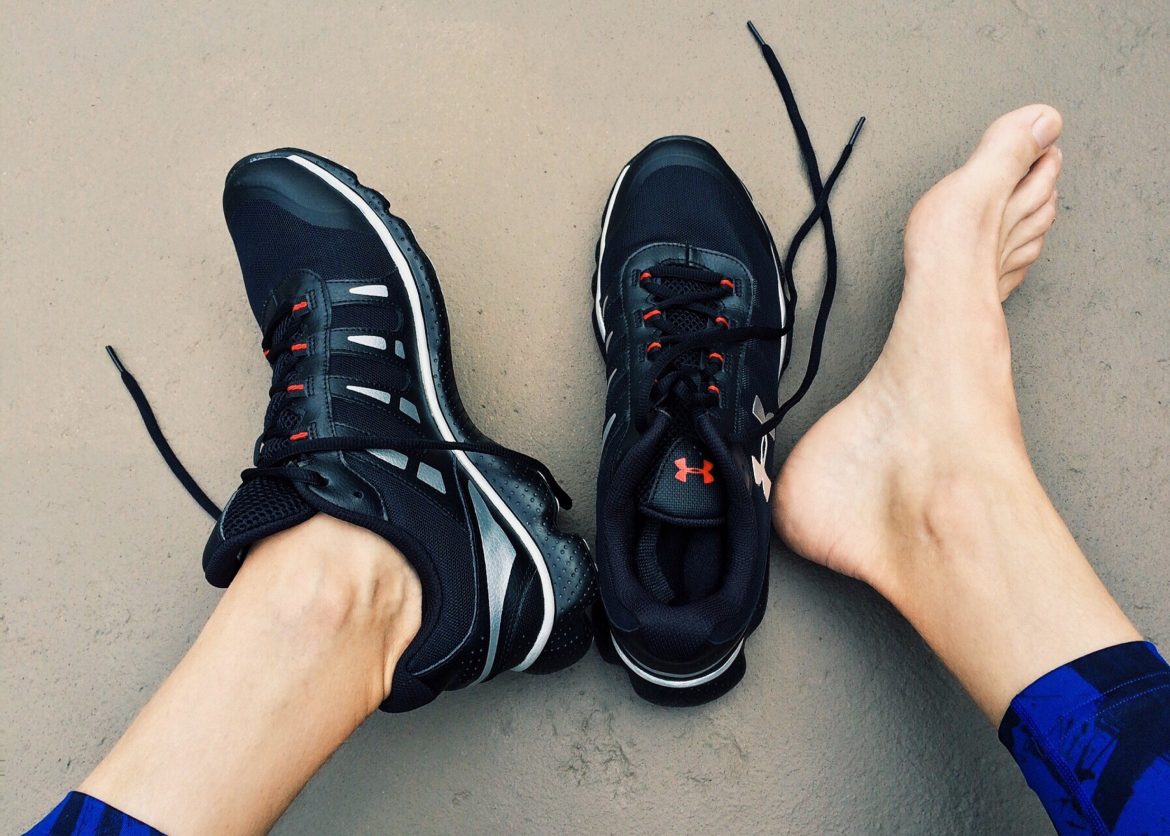Dyshidrosis, also known as dyshidrotic eczema or pompholyx, is a rather itchy skin condition that causes small blisters on the palms of the hands, fingers, and soles of the feet. While the exact cause of this ‘rash’ isn’t fully understood, several triggers may contribute to the onset.
The causes of dyshidrosis
The exact cause of dyshidrosis isn’t fully understood, but it’s believed to be related to a combination of factors. These may include genetics, allergies, skin irritation from certain substances, such as detergents or metals, stress, and potentially autoimmune factors.
The condition often follows a cyclical pattern of flare-ups and remissions, with some individuals experiencing periodic outbreaks while others might have more chronic or persistent symptoms. These outbreaks can be triggered by various factors, including stress, exposure to certain allergens or irritants, changes in weather, or even dietary factors in some cases.

Wikipedia
Let’s which factors can what trigger the condition and how to manage dyshidrosis correctly:
Stress
Emotional stress can be a significant trigger for dyshidrosis. Stress management techniques might help reduce outbreaks.
Allergens
Contact with certain allergens like nickel, cobalt, or even allergens found in some skincare products can trigger dyshidrotic eczema in susceptible individuals.
Weather
Changes in weather, especially exposure to hot and humid conditions, can exacerbate symptoms for some people.
Irritants
Contact with certain substances or chemicals, such as detergents, soaps, or solvents, can irritate the skin and lead to flare-ups.
Diet
While rare, some individuals might find that certain foods, like dairy or gluten, trigger their dyshidrosis. Identifying and avoiding these triggers can be helpful.
Autoimmune factors
Dyshidrosis might be associated with autoimmune conditions, although the connection isn’t entirely clear.
Managing dyshidrosis
Managing dyshidrosis involves identifying triggers and adopting measures to minimise exposure to them. Moisturising regularly, using mild soaps and detergents, wearing protective gloves when working with irritants, and managing stress can all help in reducing symptoms and flare-ups.
If the condition persists or becomes particularly troublesome, consulting a dermatologist for a tailored treatment plan might be beneficial.
ALSO SEE:
How to clean your ears correctly and more importantly – safely
Feature Image: Pexels

